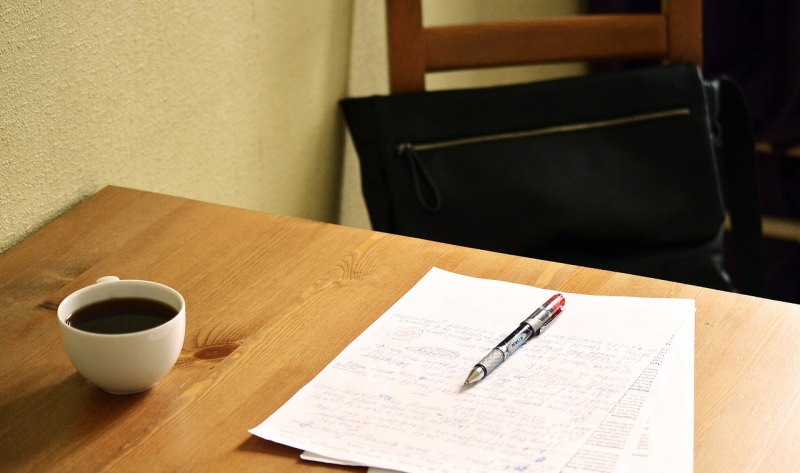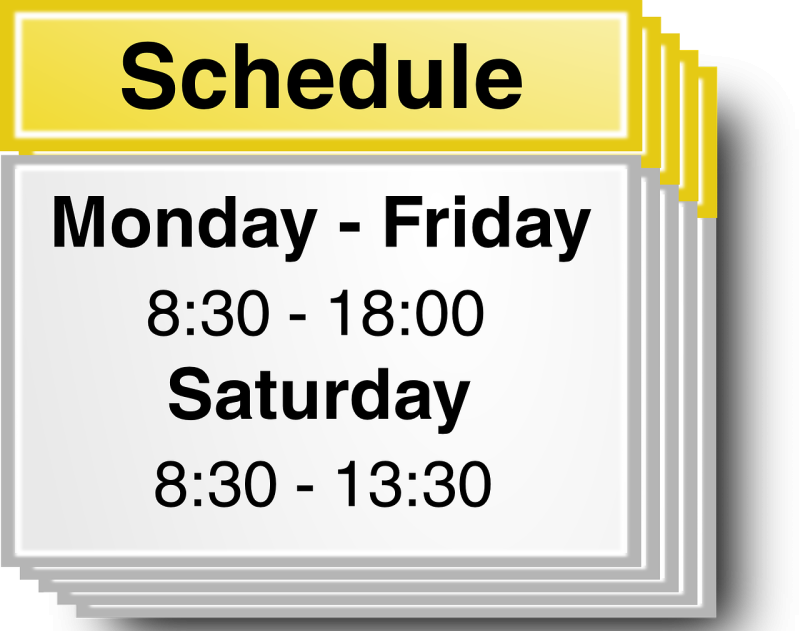
小学英语句子结构讲解?
一.陈述句
陈述句是小学英语当中的常见句式。用于说明事实或者表达某人的看法,可具体细分为肯定式和否定式两种。
1.陈述句的肯定形式
其基本结构是:主语+谓语(可以是be动词,可以是情态动词,也可以是实意动词)+宾语
比如:如果表达“我们是学生。”
就是:We are students.
如果表达“他的爸爸会游泳。”
就是:His father can swim.
如果表达“我喜欢吃曲奇。”
就是:I like eating biscuits.
2.陈述句的否定形式
其基本结构有两种:
(1)如果句子中的谓语动词是be动词或者情态动词时,那么可以直接在相应的动词后面加not.
(2)如果句子中的谓语动词是行为动词时,则在谓语动词之前加do not(=don’t)来表示否定。
比如:如果表达“我们不是学生。”
就是:We are not(=aren’t)students.
如果表达:“他的爸爸不会游泳。”
就是:His father can not(=can’t)swim
如果表达:“我不喜欢吃曲奇。”
就是:I don’t like eating biscuits.
二.疑问句
疑问句同样也是在小学英语当中比较常见的句型。一般用于提出自己的疑问(比如:你觉得我长得帅吗?)可具体细分为一般疑问句和特殊疑问句。
1.一般疑问句
以be动词、情态动词或助动词(do does did)开头,必须用yes或no回答的句子叫做一般疑问句。
小学英语时态最全讲解?
①,一般现在时
主要描述经常会发生的动作、状态或不变的真理。
句末常出现every day/week/year/Monday , in the morning;句中常有always, usually, often, sometimes
组成
1.主语+be+名词(形容词)
I am a student.
He is tall.
否定句:在be 后加not
I am not a student.
He is not tall.
疑问句:be 动词提前到第一位。
Are you a student?
Yes,I am./No,I am not.
Is he tall?
Yes,he is./No,he isn’t.
组成
2.主语+动词+地点+时间
We go to school on Monday.
He goes to the park on Sunday.
否定句:主语+don’t/doesn’t’t+动词原形+地点+时间
We don’t go to school on Monday.
He doesn’t go to the park on Sunday.
疑问句:在句首加do或does
Do you go to school on Monday?
Yes, we do./ No, we don’t.
Does he go to the park on Sunday?
Yes, he does./ No, he doesn’t.
到此,以上就是小编对于小学英语讲解的问题就介绍到这了,希望介绍关于小学英语讲解的2点解答对大家有用。















